Dong Trieu is a land recorded in history books as the homeland of the Tran Dynasty, one of the most prosperous feudal dynasties in the history of building and defending the country of the nation. The place name Dong Trieu has long appeared in ancient documents.

The place name Dong Trieu appeared in the second half of the 14th century, more than 600 years ago, when King Tran Du Tong (1341-1369) changed the name from An Sinh commune to Dong Trieu. The book "Dong Trieu district history" written by Dong Trieu district chief Ngo San on August 8, 1896, said that this place used to be a bustling trading area along the Cam River. Dong Trieu was a bustling place with boats, an important waterway in the coastal region.
Over the past six centuries, Dong Trieu has undergone many administrative changes. According to the book "Dai Nam Nhat Thong Chi", the original headquarters of Dong Trieu district was located in Dong Trieu commune, Dam Thuy canton. The book also states that before the Tran dynasty, this land was called Chau Dong Trieu, during the Ming dynasty it belonged to Tan An prefecture, during the Le Thai Tong dynasty it was called Lo Dong Trieu, belonging to Nam Sach prefecture; after the Quang Thuan dynasty of the Le dynasty, it was established as Dong Trieu district, belonging to Kinh Mon prefecture. During the Tay Son dynasty, Kinh Mon prefecture, including Dong Trieu district, was merged into An Quang town. In the third year of Tu Duc (1850), the headquarters of Dong Trieu district was moved to An Lam commune, Me Son canton. At that time, Dong Trieu district had 5 cantons, 56 villages and communes. Two years later, when King Tu Duc abolished the district chief, Dong Trieu had 11 cantons, 98 villages and communes. "Dong Khanh Du Dia Chi" also recorded that the administrative units in Dong Trieu had a similar number. Thus, according to ancient documents, Dong Trieu has a large land area, with high mountains, deep rivers, and plains, located on an important road route from Thang Long citadel to Quang Yen.

In the 8th year of Thanh Thai (1896), the French colonialists built Don Cao into a solid military base, Dong Trieu and 7 communes of Bi Giang commune merged into Quang Yen province. Later, Dong Trieu belonged to Hai Duong and Dong Trieu headquarters was expanded, the surrounding area became increasingly populated, became a center for trade and exchange of goods... and became Dong Trieu city, one of the 4 cities of Hai Duong province at that time.
In December 1946, Dong Trieu district was separated from Hai Duong province to be under Quang Yen province. In March 1947, Dong Trieu was under Quang Hong Interprovince. In 1957, the location of Dong Trieu district headquarters and Dong Trieu town was separated from Duc Chinh commune to become Dong Trieu town, an administrative unit of Dong Trieu district.

In 1959, Dong Trieu district was transferred to Hai Duong province. In October 1961, Dong Trieu district returned to Hong Quang Special Zone. On October 30, 1963, Dong Trieu district officially became a district-level administrative unit of Quang Ninh province. In 2015, Dong Trieu district became Dong Trieu town. From November 1, 2024, Dong Trieu town officially became the 5th city of Quang Ninh province.
Through the process of formation and development, Dong Trieu was under many different administrative units and the administrative boundaries also changed a lot, but the name Dong Trieu remained almost unchanged and has long been in the country's history. This is a strategically important area in terms of politics, economy and military, the place where King Tran Nhan Tong practiced and became Buddha, the holy land of Truc Lam Zen sect. The establishment of Dong Trieu city and new wards and communes is the joy and pride of the army and people here, creating a new driving force for socio-economic development, contributing to the development of the province and the Red River Delta region.
Source


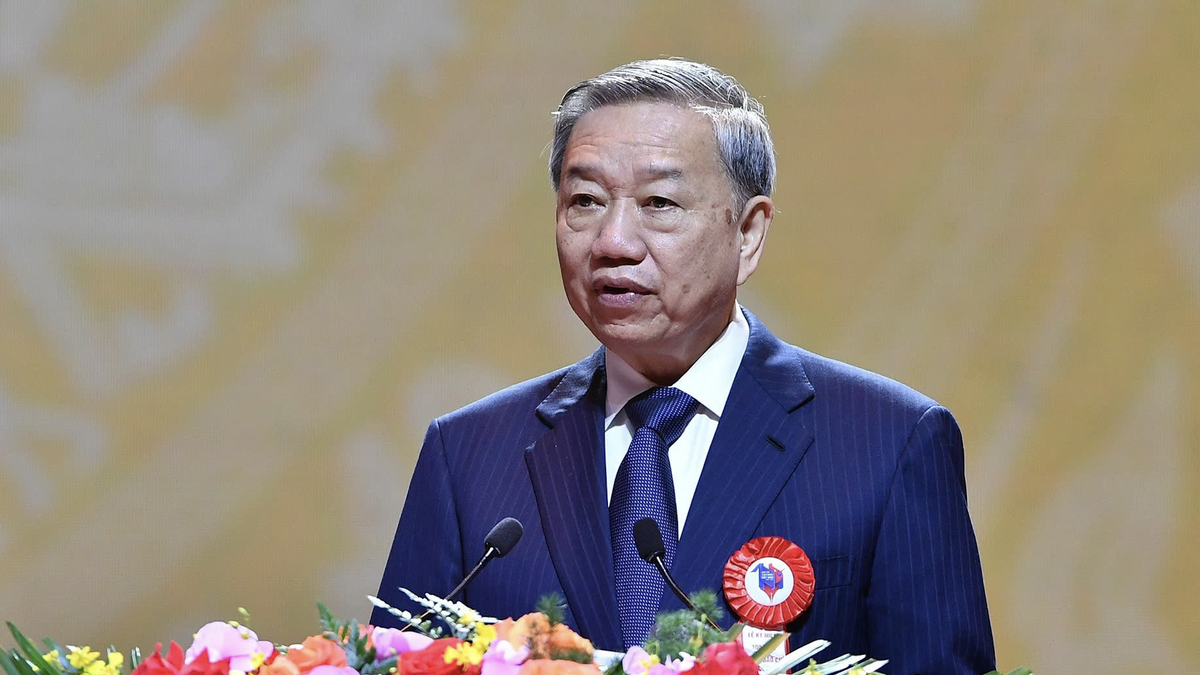








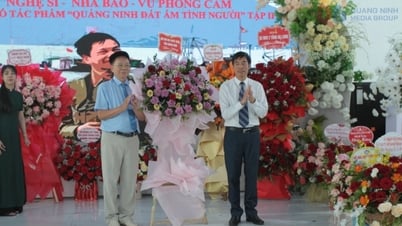



















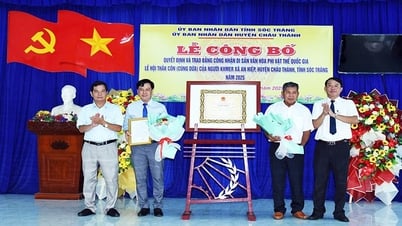










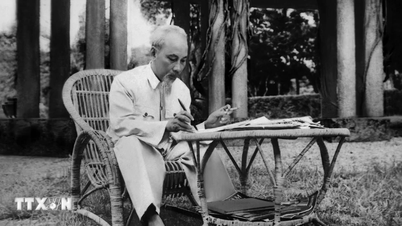






![[Maritime News] Wan Hai Lines invests $150 million to buy 48,000 containers](https://vphoto.vietnam.vn/thumb/402x226/vietnam/resource/IMAGE/2025/6/20/c945a62aff624b4bb5c25e67e9bcc1cb)









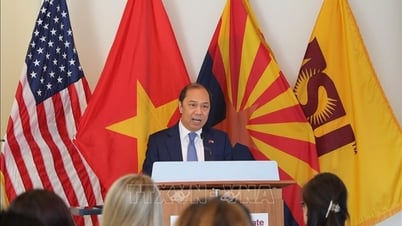

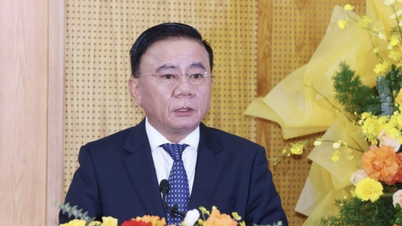








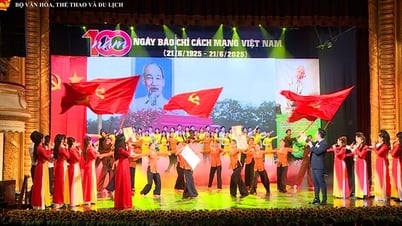


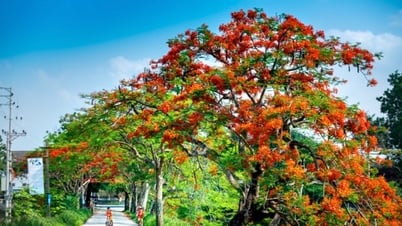
















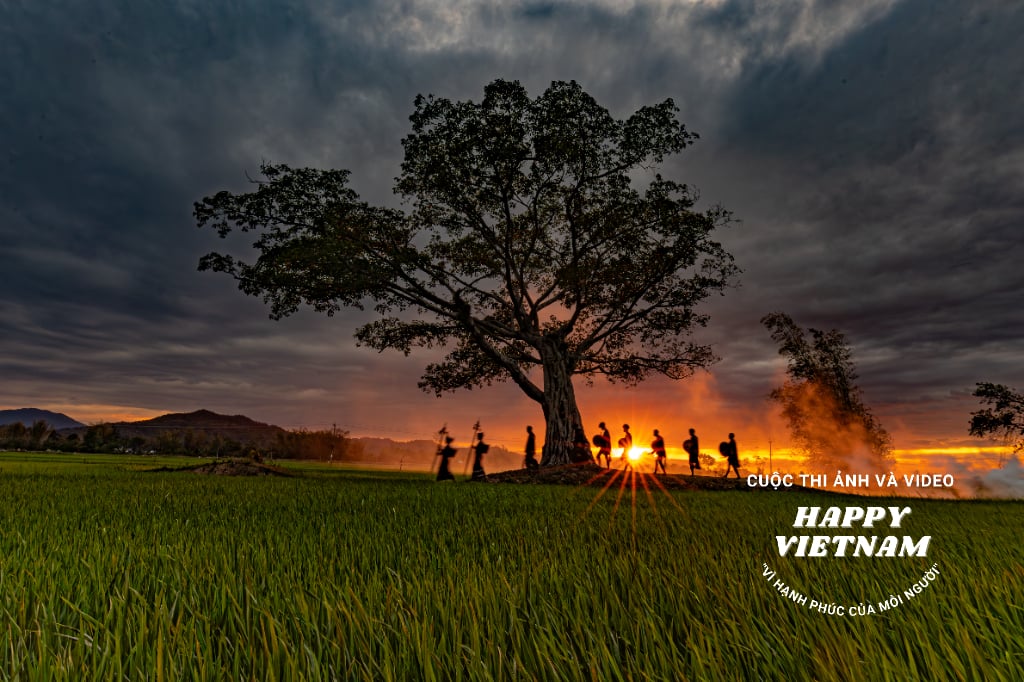
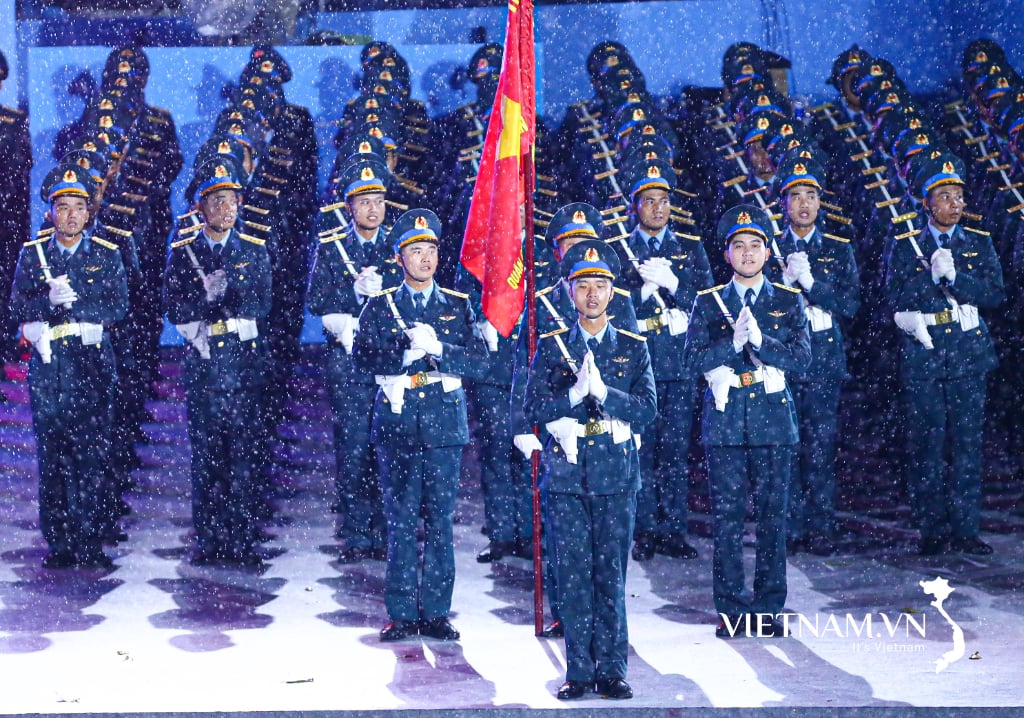

Comment (0)